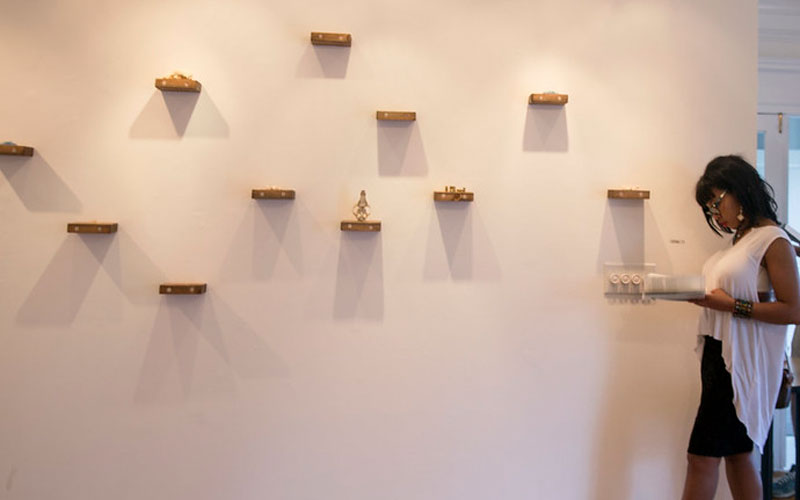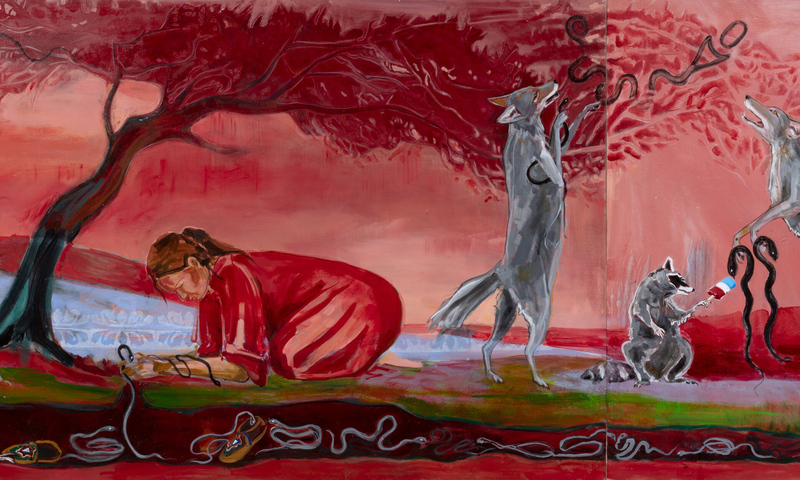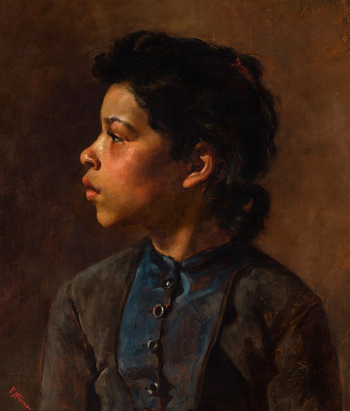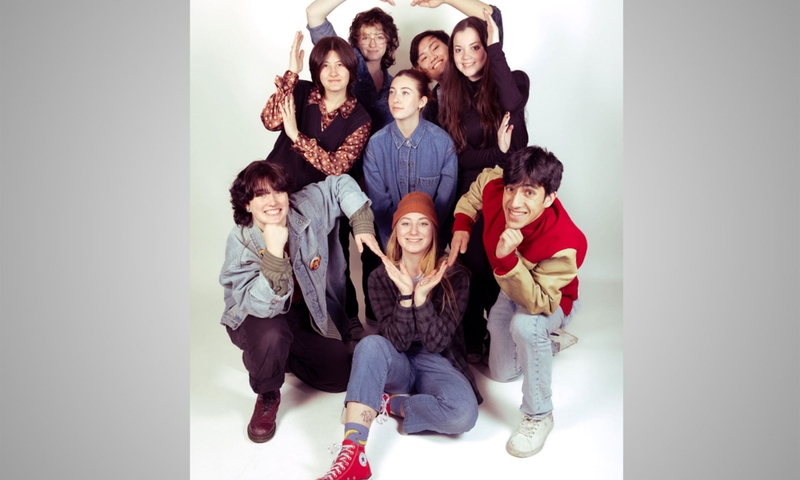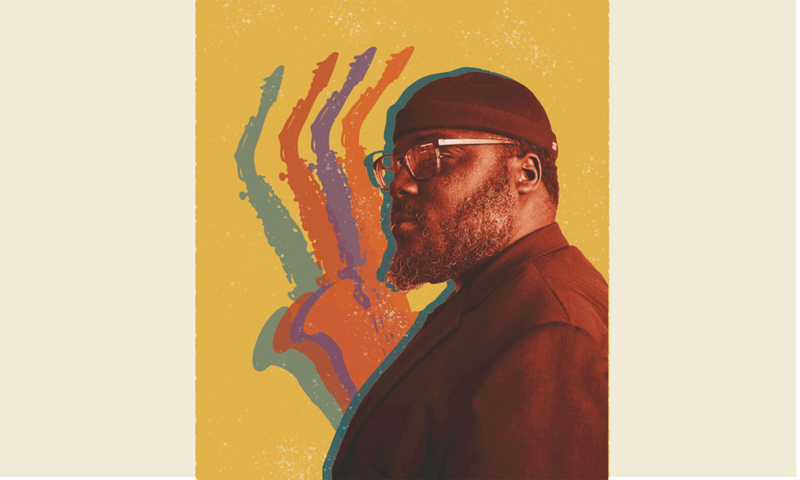The Undivided Mind
| Location: | |
| Ticket Info: | Free |
| Open to Public: | No |
“The Undivided Mind” was a BFA thesis art exhibition by senior Hayley Anderson.
Artist website: http://cargocollective.com/hayleyanderson/About-Hayley-Anderson
“My art is informed by scientific research pertaining to the human existence, the brain, and the philosophical nature of human beings. It seeks to consider, magnify, and distort the understanding of what it means to be human.
I create art in order to dissect scientific theories and facts about the human existence, which, when broken down on a scientific level, can be rather meaningless. Through making work, I am challenging the entropy of my existence.
The Alexander Technique has helped me understand the mind body relationship in more depth. The technique is focused on the power of choice, and the value of the actions we choose. Alexander was an actor who discovered that his body would function in a more balanced and poised manner when he mindfully chose the response his body had to stimuli.
Within Alexander classes I have learned that the body and the self must work together, though often times they do not. The body makes subconscious choices for us, such as blinking, breathing, mutating cells, and pumping blood through our bodies. It does this without the consent of the self, however the self also makes choices without regarding the body. For example, in 1982, Julie Moss pushed her body to extremes, crawling across the Ironman finish line. Similarly, in a study conducted by Dr. Herbert Benson, a group of monks proved the mind’s ability to control the body by reaching a deep meditative state that enabled them to raise their body temperatures high enough to dry wet sheets.
I am curious as to how much control we have over our bodies and how much control our bodies have over us. The biology of the body, and the ways in which our biological make-up informs our actions, is also something integral to my work.
Oliver Sacks, a neurologist, conducted a study on how the blind see. He realized that hearing has allowed many to create a visual world. He found that blind children tend to be “precocious verbally, and may develop such fluency in verbal description of faces and places as to leave others and sometimes themselves uncertain as to whether they are actually blind.”
Sacks also posed a question that still holds my interest: “Does the mind run the brain or the brain the mind?”
The neurological oddities and the particle level of our existence fuel my work, and it is my own confusion and constant questioning that allows me to grapple with these confusing concepts.
I tend to work in multiples, and within different mediums. The curiosity of my subject matters breeds a curiosity in my materials as well. By using a wide range of mediums, I challenge my body, and my self. Different mediums also allow the viewer to see an idea represented in multiple ways: some tangible, some perplexing, some visually appealing, and some repulsive.
By creating different relationships and understandings of smaller ideas through different mediums, the viewer is able to understand the topic of human existence in its complex entirety.”
-Hayley Anderson, 2014
